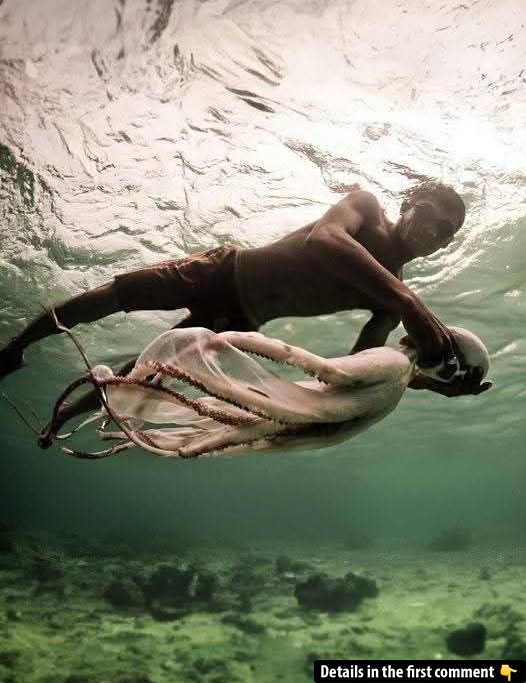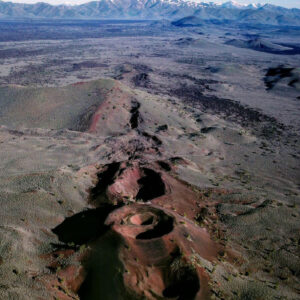The Bajau people, known as the “Sea Nomads,” have long fascinated researchers with their extraordinary ability to dive to remarkable depths. Living primarily on the seas of Southeast Asia, these master divers spend up to 60% of their day underwater. What makes their feats even more remarkable is not just their skill, but their genetic adaptation that allows them to thrive in this extreme environment. Their story is a powerful testament to the remarkable ways humans can evolve to meet the demands of their surroundings.
The Bajau: A Culture Born from the Sea
The Bajau people have been living in close connection with the sea for over 1,000 years. Their traditional lifestyle is one of the most distinct marine-based cultures in the world. With their homes traditionally built on boats, the Bajau rely heavily on their diving skills for survival, catching fish, sea cucumbers, octopuses, and crustaceans. The depths they reach while hunting are staggering — divers regularly submerge to over 70 meters (230 feet) without any modern diving equipment.
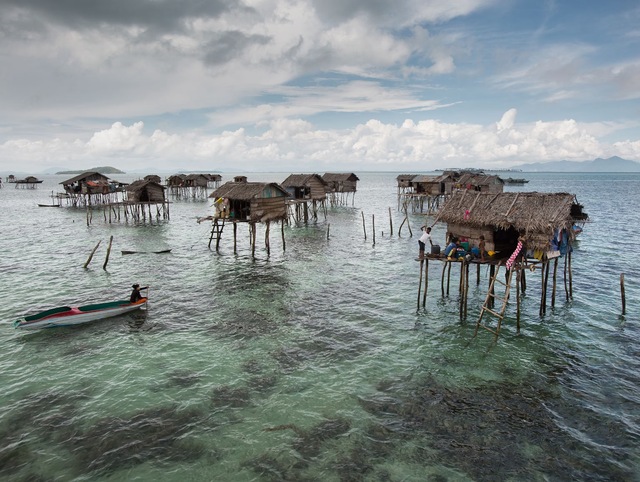
Linguistic studies suggest that the Bajau’s unique relationship with the sea is deeply rooted in their history, with some accounts of their way of life dating back to the 16th century. These people have spent centuries refining their diving techniques and living in a way that allows them to thrive in a harsh, underwater environment. Their deep dives, which can last as long as 13 minutes, are an impressive feat that has sparked curiosity in the scientific community.
Video
Tune into this BBC REEL video to discover the incredible tribe that evolved to stay underwater longer, showcasing their unique adaptations and lifestyle.
The Science of Deep Diving: Human Adaptation to Hypoxia
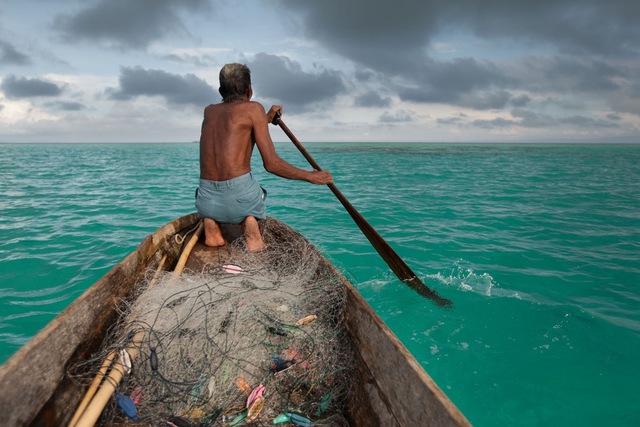
To understand the Bajau’s incredible diving ability, it’s essential to delve into the science of deep diving. When a human dives into cold water, the body triggers what’s called the “dive response,” a series of physiological changes that help the body survive in low-oxygen environments. This response involves a slowing of the heart rate, constriction of blood vessels in the extremities, and a contraction of the spleen, which releases oxygenated red blood cells into the bloodstream.

For most people, the dive response is a temporary mechanism, lasting only for short periods. However, the Bajau’s diving capabilities suggest that their bodies have adapted to make these responses even more effective. The spleen plays a central role in this process, and scientists have now discovered that the Bajau’s spleens are significantly larger than those of their land-dwelling neighbors. This adaptation may enable them to store more oxygenated blood, allowing them to dive for much longer periods without running out of oxygen.
Genetic Insights: The Discovery of Larger Spleens in Bajau
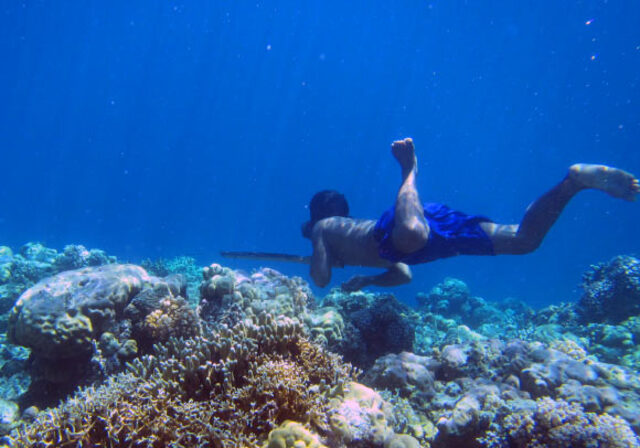
In a groundbreaking study published in Cell, a team of researchers led by the University of Copenhagen, along with colleagues from the University of California, Berkeley, and Cambridge University, revealed the genetic basis behind the Bajau’s extraordinary diving abilities. The research focused on comparing the spleen sizes of Bajau individuals with their neighbors, the Saluan people, who do not engage in diving to the same extent.
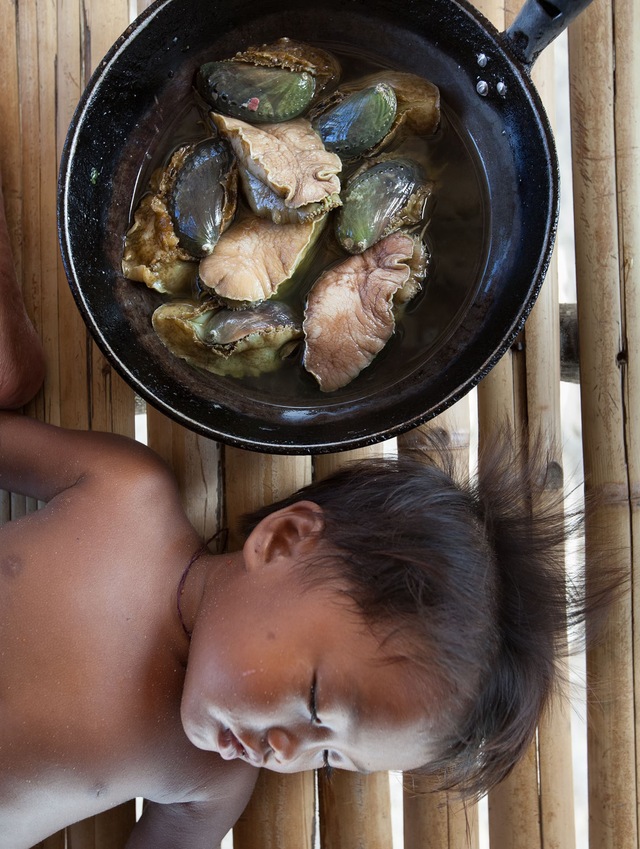
The results were astonishing: the Bajau’s spleens were found to be, on average, 50% larger than those of the Saluan people. This finding suggested that the Bajau’s spleen enlargement was not just a result of environmental factors but rather a genetic adaptation passed down over generations. The study also identified a specific gene, PDE10A, present in the Bajau but absent in the Saluan. This gene is believed to influence thyroid hormone levels, which in turn control spleen size. In other animals, including seals, a similar relationship between thyroid hormones and spleen size has been observed, especially in species that rely on deep diving for survival.
The Role of the Spleen in Human Physiology and Diving
The role of the spleen in diving is critical. During a dive, the spleen contracts, releasing oxygenated red blood cells into the bloodstream, effectively boosting the body’s oxygen supply and allowing the diver to stay submerged longer. This mechanism is what gives the Bajau their ability to dive for up to 13 minutes, an astounding feat when compared to most humans who struggle to hold their breath for even a fraction of that time.
The findings of the study are remarkable because they highlight how human physiology can adapt to extreme environments. Similar adaptations have been observed in other animals, such as diving seals, whose enlarged spleens help them survive in oxygen-deprived conditions. The Bajau, however, represent the first human population in which this adaptation has been confirmed through genetic evidence.

Medical Implications: Studying Hypoxia and Human Adaptation
The study of the Bajau’s genetic adaptations has important implications for medicine, particularly in understanding how the human body responds to hypoxia, a condition in which tissues are deprived of oxygen. Hypoxia is a leading cause of complications in emergency medicine, and studying populations like the Bajau could provide new insights into how the body can cope with low oxygen levels.
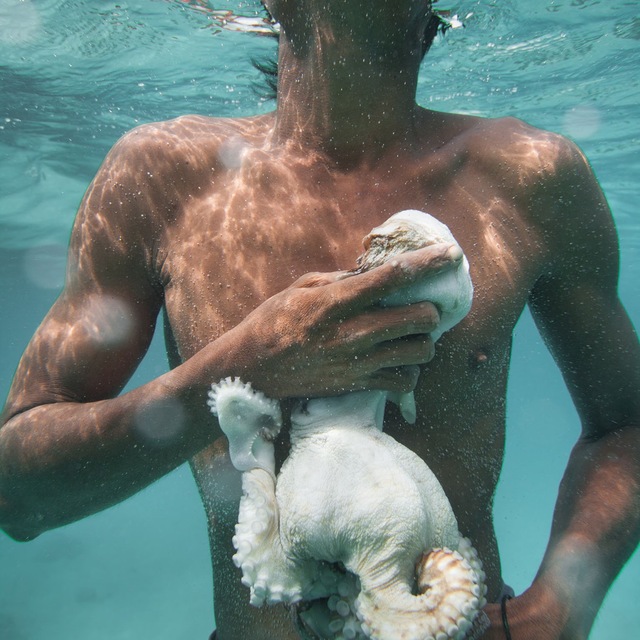
The Bajau’s unique adaptation could help researchers better understand the genetic mechanisms that govern human responses to hypoxia, which is a critical area of research in fields such as altitude sickness and the treatment of respiratory diseases. By studying the Bajau, scientists may be able to identify genetic pathways that could one day be used to develop therapies for patients who suffer from oxygen deprivation.
Challenges and Threats to the Bajau Way of Life
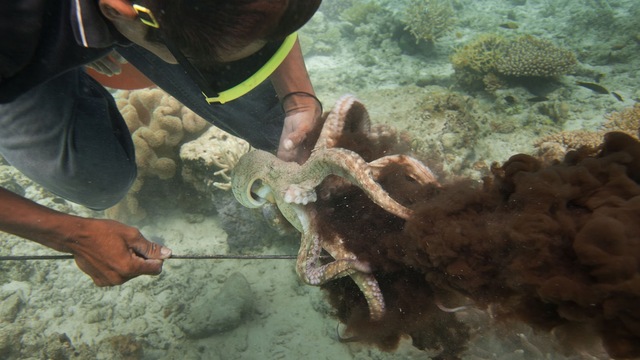
Despite their remarkable abilities, the Bajau people face numerous challenges. Their way of life, deeply intertwined with the sea, is increasingly under threat due to modern development, environmental degradation, and the rising pressures of industrial fishing. Additionally, the Bajau have long struggled with limited citizenship rights, which further marginalizes their community.
The loss of their traditional hunting grounds and the encroachment of modern industries into their territories have made it increasingly difficult for the Bajau to continue their way of life. As the world changes, the Bajau’s culture and their unique physiological adaptations may be lost, taking with them valuable insights into human adaptation to extreme environments.
Video
Check out this video to explore the fascinating world of the Bajau tribe, the free-diving sea nomads, and learn about their incredible underwater skills and way of life.
Conclusion: The Legacy and Importance of Indigenous Knowledge
The Bajau people’s ability to dive deeper and longer than most humans is a testament to the extraordinary adaptability of the human body. Through generations of living in harmony with the sea, the Bajau have developed a unique genetic adaptation that allows them to thrive in an environment that would challenge most others.
The findings of the recent study offer not only a glimpse into the biological capabilities of the Bajau but also an opportunity to learn more about human physiology and the potential for genetic adaptation. As we continue to explore the complexities of the human body, the Bajau’s story serves as a reminder of the resilience of indigenous cultures and the invaluable knowledge they carry about survival and adaptation.
In an age where globalization and environmental pressures are rapidly changing the way people live, it is crucial that we recognize and support the unique cultures and practices of the Bajau and other indigenous groups. Their wisdom and genetic adaptations may hold the key to unlocking new medical and scientific discoveries that benefit all of humanity.
